We've talked about properties of materials before when we investigated how waterproof materials are or how strong they are, we've even organised different objects by the material they're made from by looking at the properties of those materials.
Today we're going to explore how some materials are better at absorbing sound than others.
Sound Investigation
You'll need
A cardboard tube
Bubble wrap, kitchen towel or anything else you think might absorb sound.
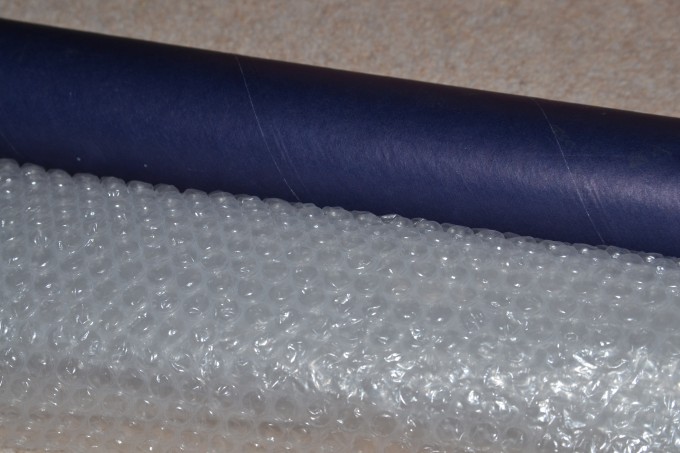
Instructions
Place the tube to the ear of a friend and speak ( not too loudly ) into the tube. Can they hear what you are saying?
Try again, but this time fill the tube with the bubble wrap first and try to speak at the same volume you did before. Can they still hear you?
Do the same thing with all your different materials.
Can you design a table to record your results? Which material muffles the sound the most?
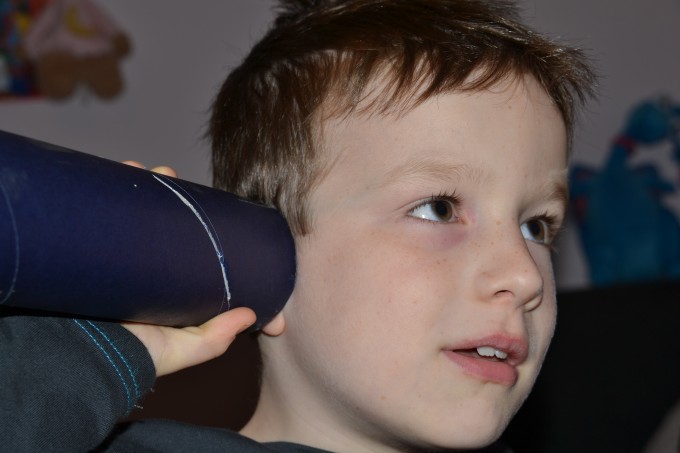
Things to think about
Do you know why you need to speak at the same volume each time?
This is because when we experiment, we usually have one variable ( one condition we change ), and everything else must stay constant to test each variable fairly.
If you wanted to try speaking at different volumes you'd need to keep the material inside the tube constant.
Extension task
Can you use different length tubes?
How else can you block sound? What if you cover your ears with your hands? Is it different with your fingers open and closed?
Great for Key Stage 2 Science
Obtaining and presenting evidence
Recording information
Last Updated on April 28, 2023 by Emma Vanstone

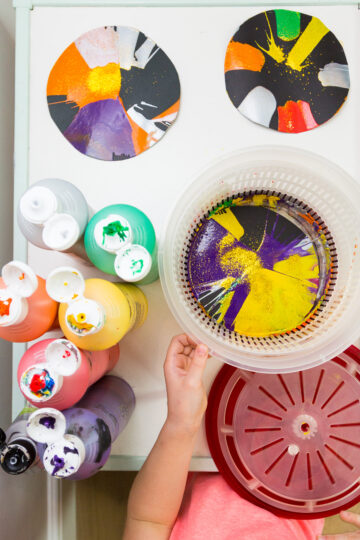
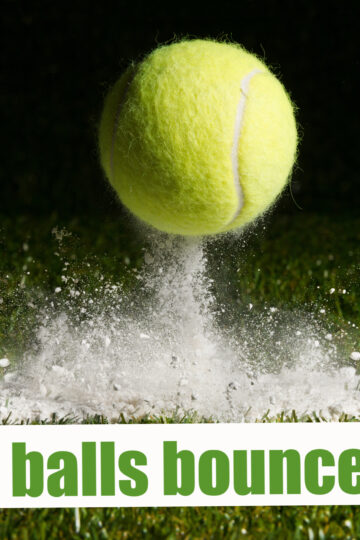
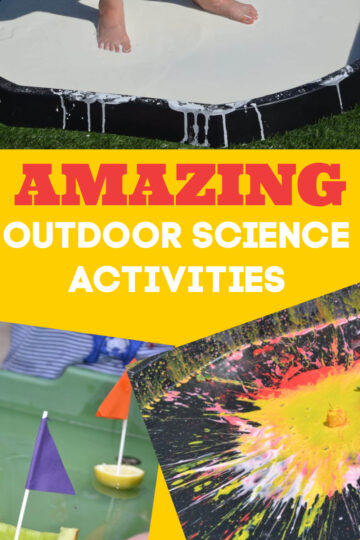
Natalie PlanetSmartyPants says
I love experiments when you can vary one variable. Of course, in this case it's technically two unless you are guaranteed to always use the sound of the same volume, for example, a music playing at the same volume. I am featuring this post at After School Round Up this week.
Emma Vanstone says
Thanks Natalie 🙂 Music is a great idea.
stephanie says
Very cool! Thanks for sharing at After School!
jake says
fuck
jake says
bich
jake says
bitch